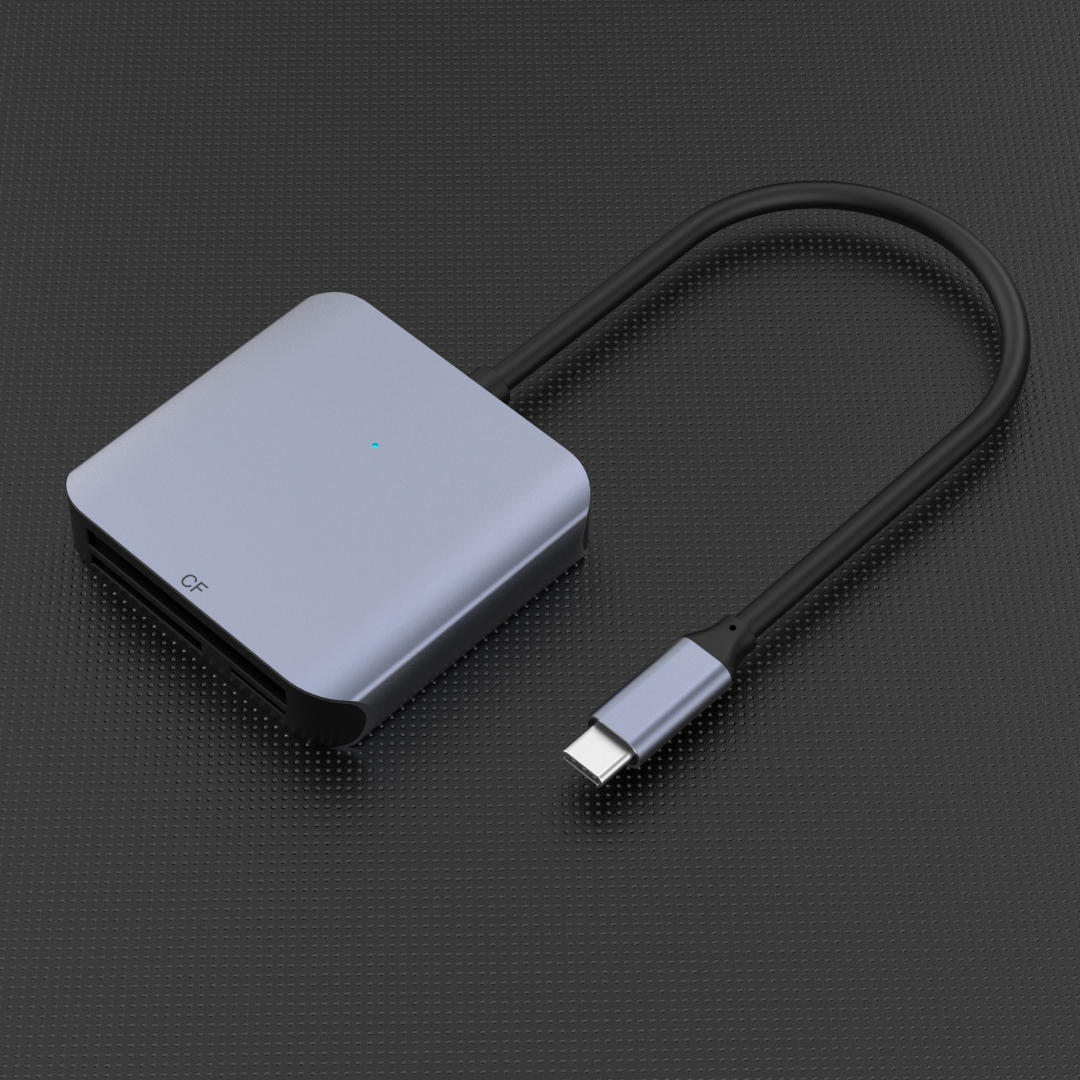Everything You Need to Know About Connecting Your Hub to Your Computer

When it comes to connecting a hub to a computer, one important factor to consider is the type of wire being used. The wire you choose can greatly affect your network speed and overall performance. In this article, we will explore the different types of wires commonly used to connect the hub to the computer and their features, benefits, and limitations.
Ethernet Cable: The Popular Choice for Wired Networks
Ethernet cables are the most commonly used wires to connect a hub to a computer. These cables are designed to transmit data at high speeds over short distances, making them ideal for home and small office networks. The most common type of Ethernet cable used is the Cat5e cable, which supports speeds up to 1000 Mbps.
The Cat5e cable consists of four twisted pairs of copper wires wrapped in an insulating layer. These cables are easy to install, reliable, and affordable. Cat5e cables are also backward compatible, which means they can be used with older Ethernet standards as well.
Cat6 Cable: The Upgrade for Faster Speeds
If you require even faster network speeds, the Cat6 cable is a great choice. This cable is an improved version of the Cat5e cable and offers higher data transfer rates and reduced interference. With the ability to support speeds of up to 10 Gbps, the Cat6 cable is ideal for demanding applications, such as online gaming or video streaming.
Similar to the Cat5e cable, the Cat6 cable has four twisted pairs of copper wires. However, it features tighter twists and stricter specifications for crosstalk and system noise. This results in a more stable and reliable connection, especially over longer distances.
Fiber Optic Cable: The Future-Proof Solution
For those who demand the highest performance and future-proofing, fiber optic cables are the way to go. These cables use light instead of electricity to transmit data, making them immune to interference and capable of incredibly high speeds.
Fiber optic cables consist of thin strands of glass or plastic that can transmit data over long distances without any loss in quality. They are often used in large-scale networks, such as data centers and corporate environments. However, they are more expensive and require specialized equipment for installation.
In Summary
When connecting your hub to your computer, the type of wire you choose can greatly impact your network performance. Ethernet cables, such as the Cat5e and Cat6, offer reliable and affordable options for most users. If you require faster speeds, the Cat6 cable is a great upgrade. For those who need the ultimate performance and future-proofing, fiber optic cables provide unparalleled speed and reliability.
Ultimately, the choice of wire will depend on your specific needs, budget, and the infrastructure of your network. It's always a good idea to consider future expansion and potential upgrades when selecting the wire for your hub-to-computer connection.



